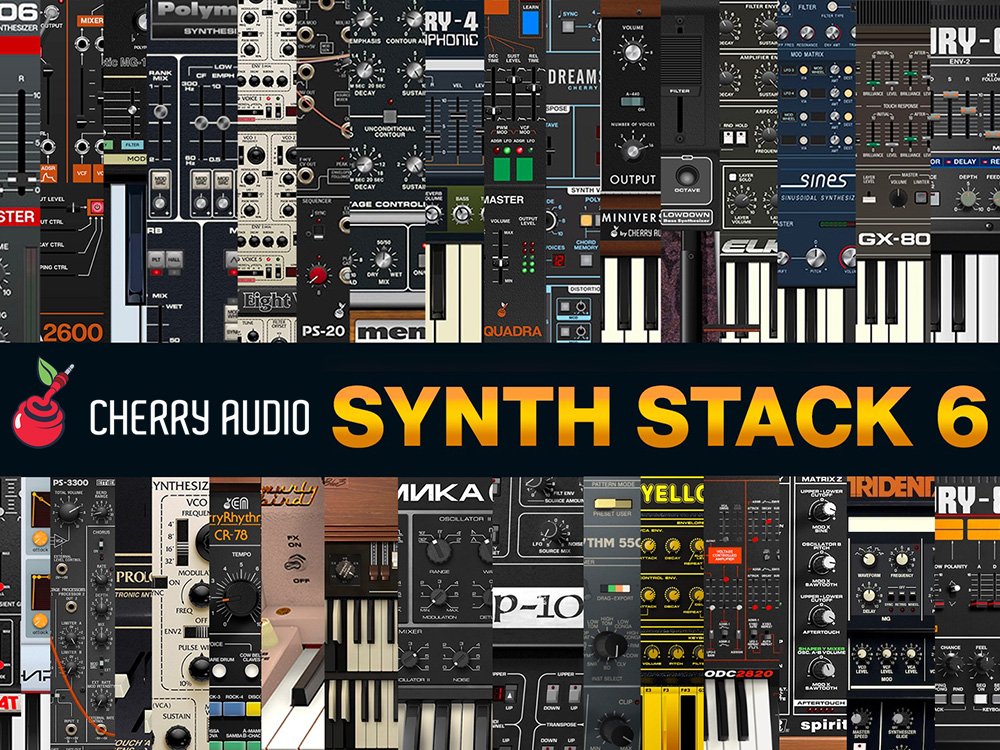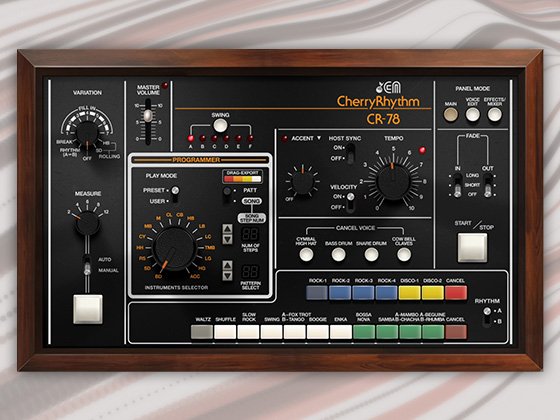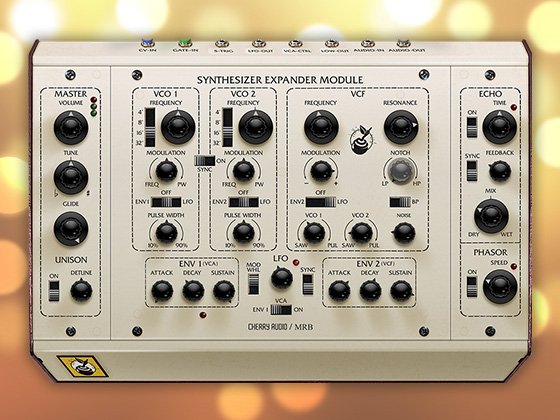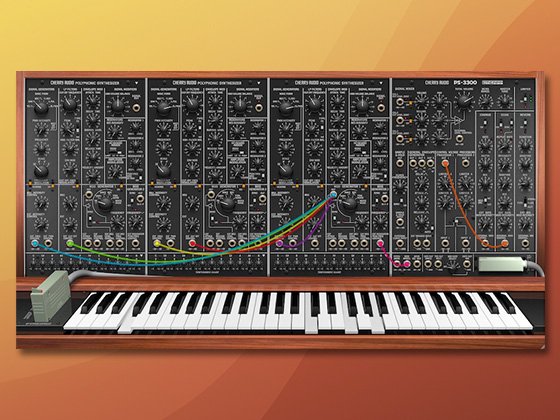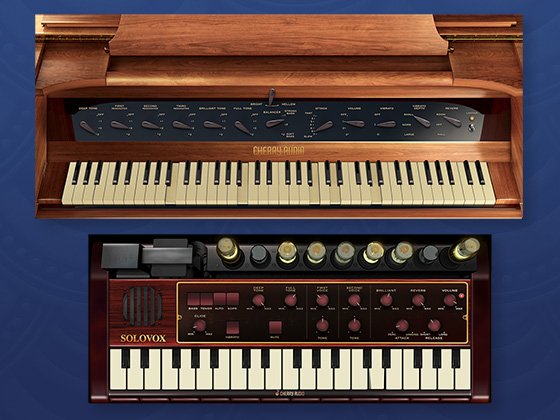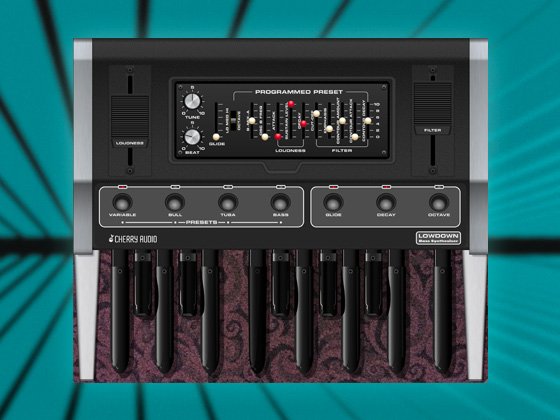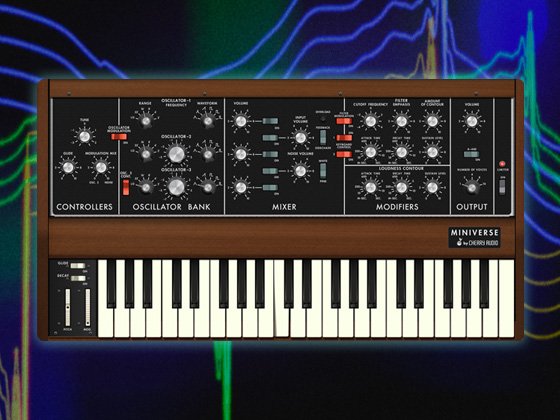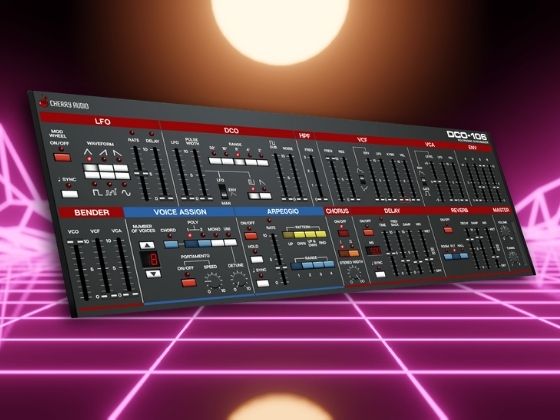Manufacturer: R_Ware
$5.00 $10.00
R_Ware BitFilter
Turning LoFi into LoFiltering! Have you ever noticed that sample-rate reduction tends to muffle the sound when used heavily? What happens is that the high-frequency content is simply lost in between the samples. BitFilter uses this concept as the base for a gnarly sounding lo-fi filter. By reducing the samplerate and interpolating between the few remaining samples a gritty lowpass filter is achieved. Combined with some more magic under the hood a versatile, noisy, gritty lowpass filter that's not shy of aliasing and capability of nasty resonance is crafted!
As if the raw character wasn't enough already, a bit-depth reduction control paired with stereo jitter is added that pair remarkably well with the filter concept. You can customize the sound further by selecting one of four distinct interpolation algorithms and tuning this even further with the tension control that messes up the interpolation. There's really nothing nice about this filter, it's just raw.
Manual
- Mode: choose between four distinct interpolation algorithms that inflict different characteristics on the resulting sound. In general the algorithms on the left side of the switch sound more smooth whereas the algorithms on the right side sound more harsh.
- Samplerate: This control can be thought of as the cutoff frequency control. It adjusts the rate at which the audio signal is sampled, resulting in a reduction in the resolution and ultimately the frequency content of the sound. Note: the corresponding cutoff frequency of a regular lowpass would be half of the samplerate
- Pre-Smoothing Switch: apply smoothing before the filter to smooth out the sound a bit.
- Bit-depth: This control adjusts the number of bits used to represent the audio signal, resulting in a reduction in the dynamic range of the sound. Turning it down will make the sound more distorted and crunchy.
- Jitter: This control adds a random stereo variation to the the audio signal, resulting in a more noisy and unpredictable sound. Turning it up will add more noise, variability and stereo width to the sound.
- Feedback: This control adjusts the amount of signal that is fed back into the filter, resulting in resonance and emphasizing certain frequencies in the sound. Turning it up will create more of a "acidic" or "growling" sound.
- Tension: This control adjusts the amount of tension in the interpolation algorithm used for the filtering process, resulting in a different character and texture to the sound.
- Signal Conditioner: This control adjusts the pre-processing of the input signal, manipulating the bit-depth reduction process and adding different textures to the sound.
